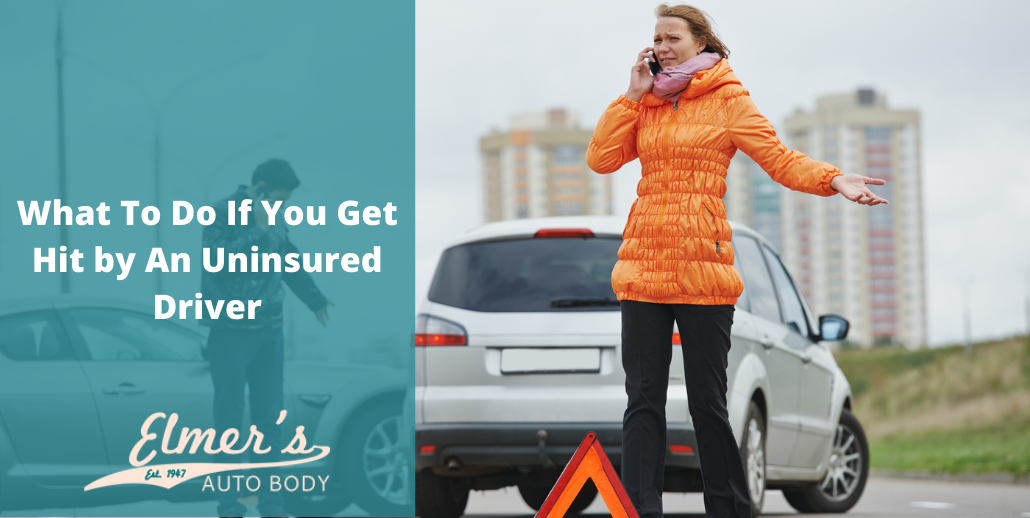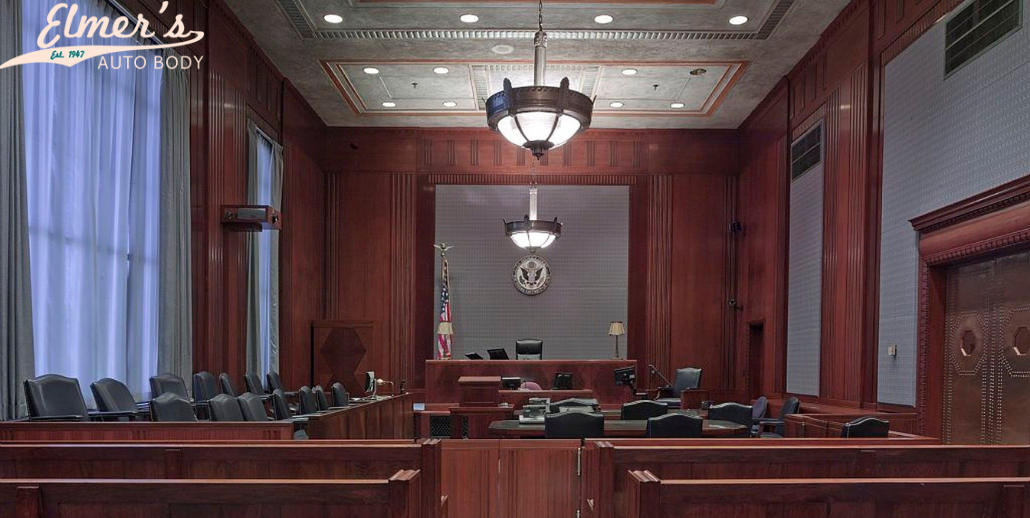You might not want to think about it, but millions of drivers do not have insurance. If an uninsured driver hits you, it can lead to many financial and legal headaches. There are a couple of things you can do to mitigate the damages. Here are a few tips on how to handle an accident when an underinsured or uninsured driver hits your vehicle.
Insurance Is Mandatory
Almost all states require their drivers to have liability coverage. However, some drivers don’t buy insurance for their vehicles. In many circumstances, the at-fault driver’s insurance pays for the damage. However, it gets complicated when an uninsured driver hits your vehicle.
Your State’s Insurance Laws
Your specific state plays an important role in the insurance claim process. Some states are considered tort states, and others are known as no-fault states. Depending on where you live, you will have to take a specific course of action.
Twelve states in this country are considered no-fault states. In those states, you have to pay for damages regardless of which driver caused the accident. For those accidents in a tort state, the at-fault driver must pay for any damages. Whether they have insurance or not, they are responsible for the damage.
For those no-fault states, you can pay for damages and continue on your way. However, a tort state means that you have to deal with the uninsured driver who caused harm. This process can be a lengthy headache for you.
The Difference Between Uninsured and Underinsured Coverage
The Insurance Research Council estimates that about 12.6 percent of motorists are uninsured. For that reason, it is important to have uninsured motorist (UM) and underinsured motorist (UIM) coverage. Many states require drivers to have this coverage for their vehicles. When you have an uninsured motorist or underinsured motorist insurance coverage, it will protect you when a driver without any coverage hits you. This type of insurance covers property damage, car repairs, and medical bills.
You cannot carry more coverage than your insurance plan. For example, if you have $100,000 of liability coverage, then that is how much you can have for UM and UIM coverage. However, you will need to verify these details with your insurance company.
Make a Police Report
After you have determined the driver’s fault, you will need to report the accident to the police. Insurance companies are reluctant to pay out on claims with uninsured drivers. They want valid evidence that you were not the at-fault driver. When you have a police report, it can help validate your claim. Don’t expect the police to rush to your location. It does take time for an officer to show up, but it will be worth the hassle.
You will need to exchange information at the scene, but that is often not enough for an insurance company. In fact, you never know if the information was valid from the other driver. A police report is your protection against any false claims. With this report, you will know that the other driver’s insurance and information are accurate.
File Your Claim
Once you have a police report, it is time to think about filing an uninsured motorist claim with your insurance. Your insurance will pay for property damage and medical bills. However, they will only pay up to a certain coverage amount.
You also want to file a claim as soon as possible. In most cases, you might only have 30 days to file an underinsured or uninsured motorist claim. For those without UM protection, you can often file a claim under your collision coverage. However, your policy will not pay for expenses related to your medical costs.
You should know that many insurance companies are reluctant to settle on an uninsured motorist claim without evidence. For that reason, you want to have that police report and keep all your receipts related to the vehicle’s repair. It is crucial to keep a record of medical care from the accident. If you can prove the accident caused injuries and damage, it is more likely that the insurance company will pay for your claim.
Along with that, you want to gather evidence that the other party was uninsured. You should collect this information after the accident. The more evidence you can gather from the accident, the better chance your claim will be approved. However, your claim can be denied. In this case, you might want to hire an attorney to prove the other driver’s negligence.
Go To Small Claims Court
If an uninsured driver damages your vehicle, you must file an insurance claim with the police report. However, this step depends on your specific circumstances. An uninsured motorist claim might not pay enough to cover your medical costs or repair bills. At this point, filing a case in small claims court might be an option for you. In some cases, the uninsured driver might lack reliable income and assets. You will have to decide if you want to waste time and money with a court case.
Many experts advise that you press charges if you have a chance at winning the court case. However, if the other party does not have savings, income, or assets, you might not walk away with any money. If you have any doubts, you should talk with an attorney who has experience with auto accident lawsuits.
Find an Auto Body Shop Near Me
It can be a hassle when an uninsured or underinsured driver hits you. Whether they have insurance or not, you want to get your car back on the road. Once you have filed a claim, you can take your vehicle to a body shop for repairs. You want to find a professional auto body company that will restore your vehicle’s appearance.
At Elmer’s Auto Body, we can help with all your repair needs. Our team uses the latest repair techniques to fix your ride. We will make your car look as good as new. If you are ready for a consultation, please give us a call at (856) 218-0202.


